The tech-driven evolution of QSRs and restaurants: top trends for 2025
As we move towards the end of one year, we traditionally look ahead to the next, and at Redcat we’re no different. We like to reflect on the progress...
3 min read
Louie Scarpari : 11/01/2023 10:23:43 AM
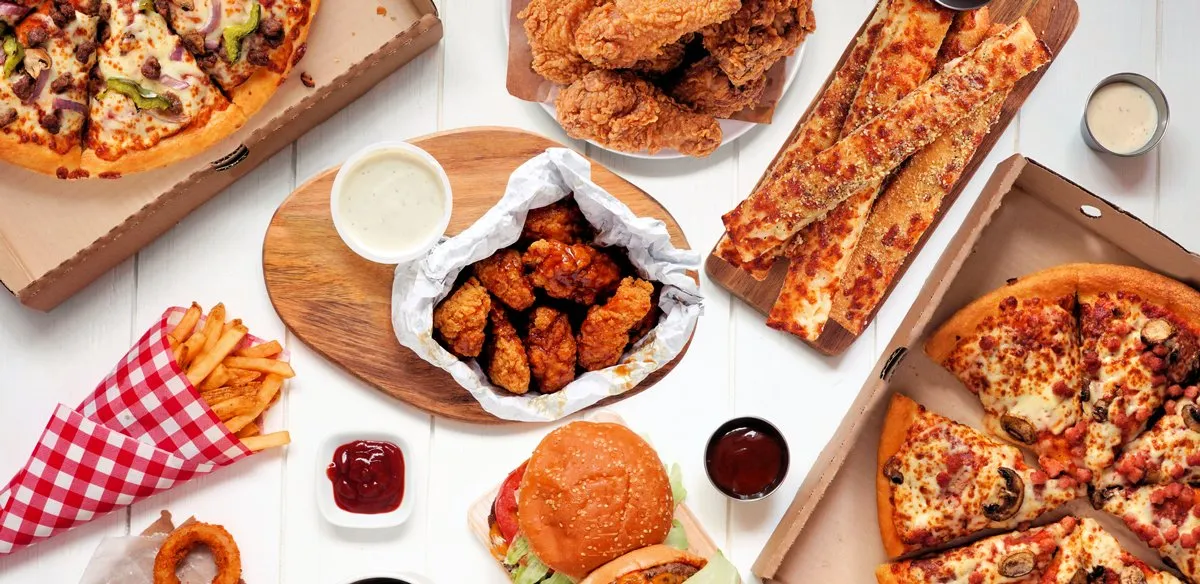
Virtual brands seem to be flavour of the moment in the world of hospitality. But what is a virtual brand, and why the explosion in popularity? Should you be considering a virtual brand for your hospitality business and if so, what are the benefits?
What is a virtual brand?
A virtual brand is one that exists digitally, but with no physical presence. No physical restaurant, not even a bricks-and-mortar pickup outlet. A virtual brand offers food that is available via delivery only.
It might be run from the kitchen of an existing restaurant or outlet, or the food might be prepared in a ‘dark kitchen’ - that is, a stand-alone kitchen that is not attached to any form of shop-front.
Virtual brands have been around for a few years, but the global pandemic, with its resulting forced restaurant closures and massive increase in food delivery, has seen them proliferate rapidly in 2020.
The benefits of virtual brands
The pandemic may have accelerated their growth, but smart hospitality providers are realising that a virtual brand is not just a solution to a short-term problem. Virtual brands offer multiple, very real benefits that are likely to see their continued growth long after the world is allowed back into restaurants:
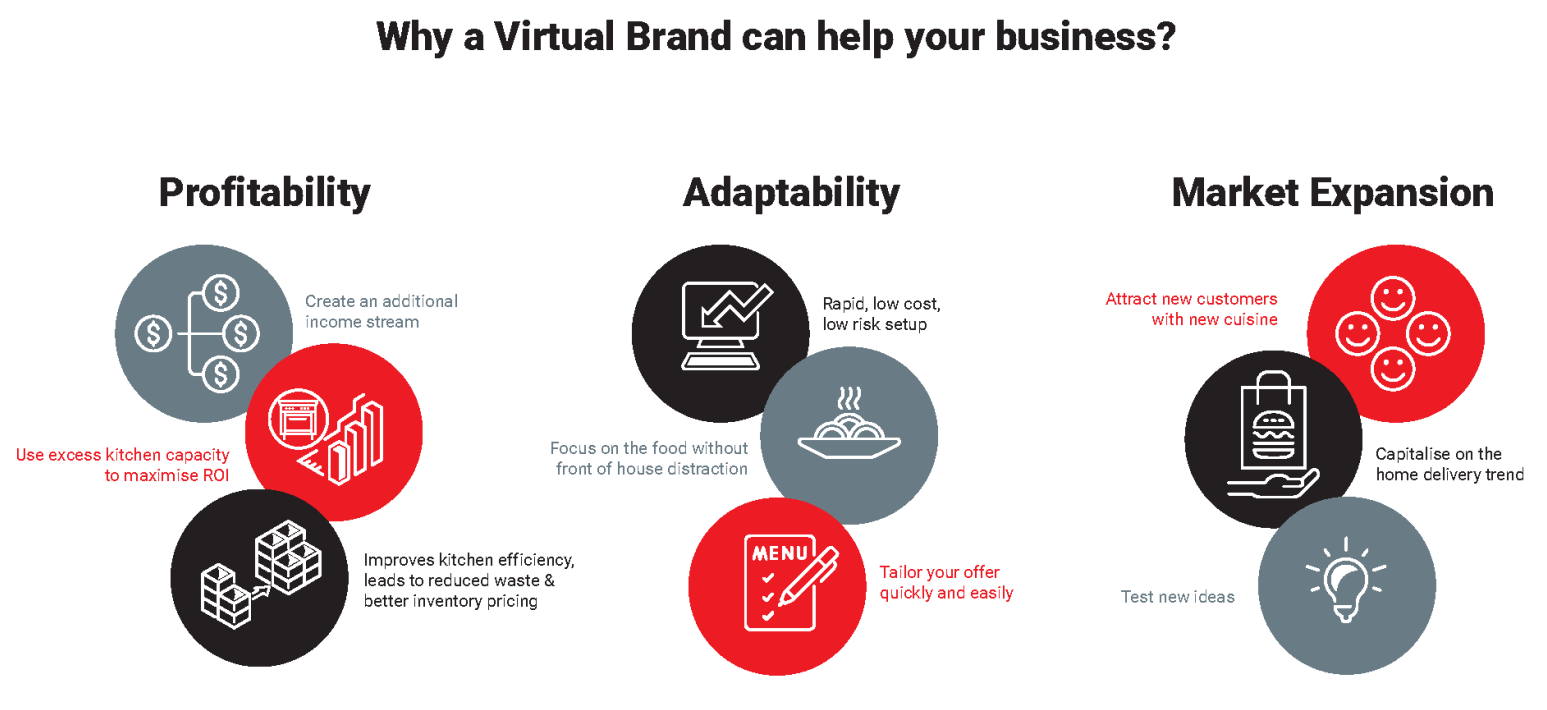
Virtual brands may be the growth phenomenon of the pandemic, but there are multiple benefits that mean that this is more than a passing trend. Virtual brands offer a host of very real, long term benefits and are set to become an integral part of the hospitality landscape.
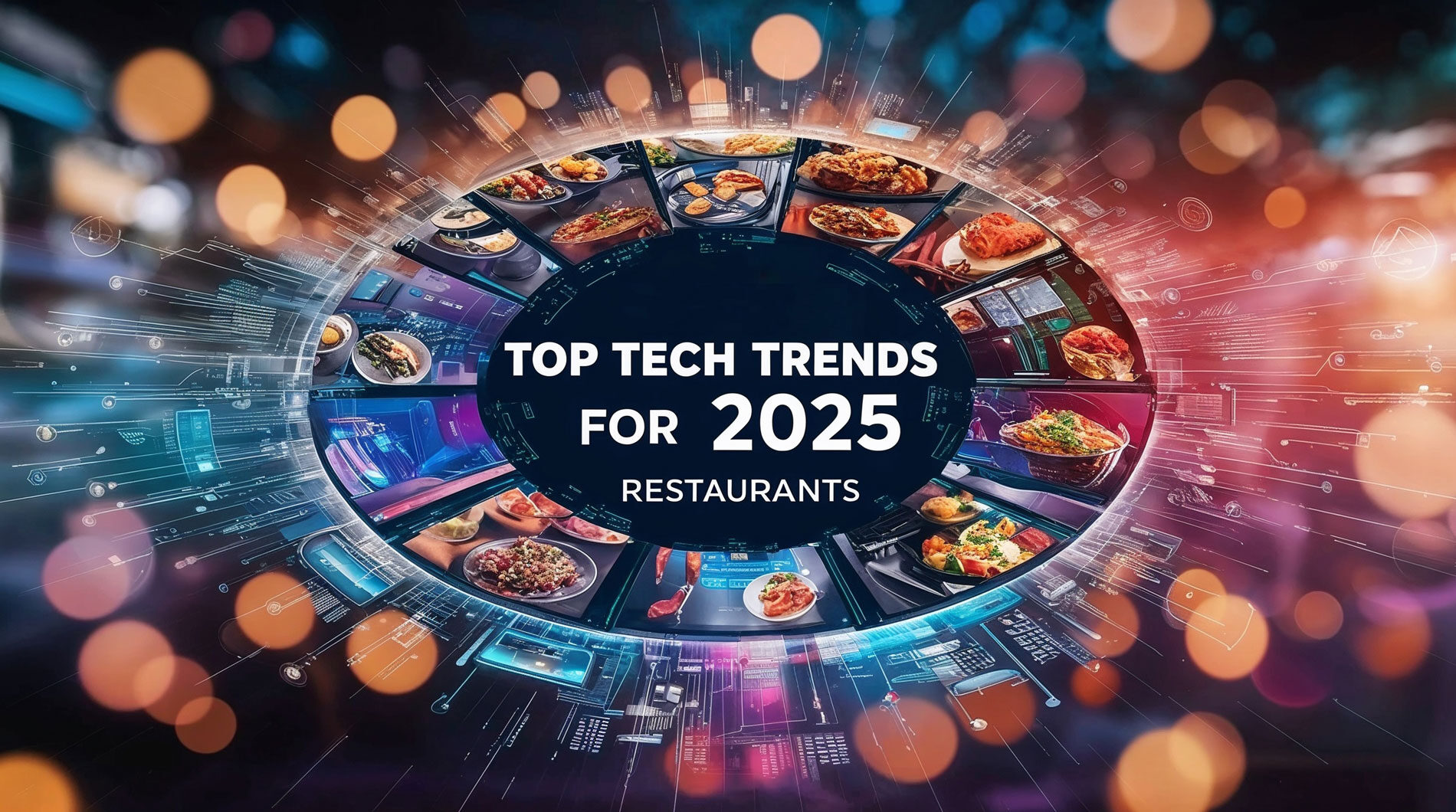
As we move towards the end of one year, we traditionally look ahead to the next, and at Redcat we’re no different. We like to reflect on the progress...
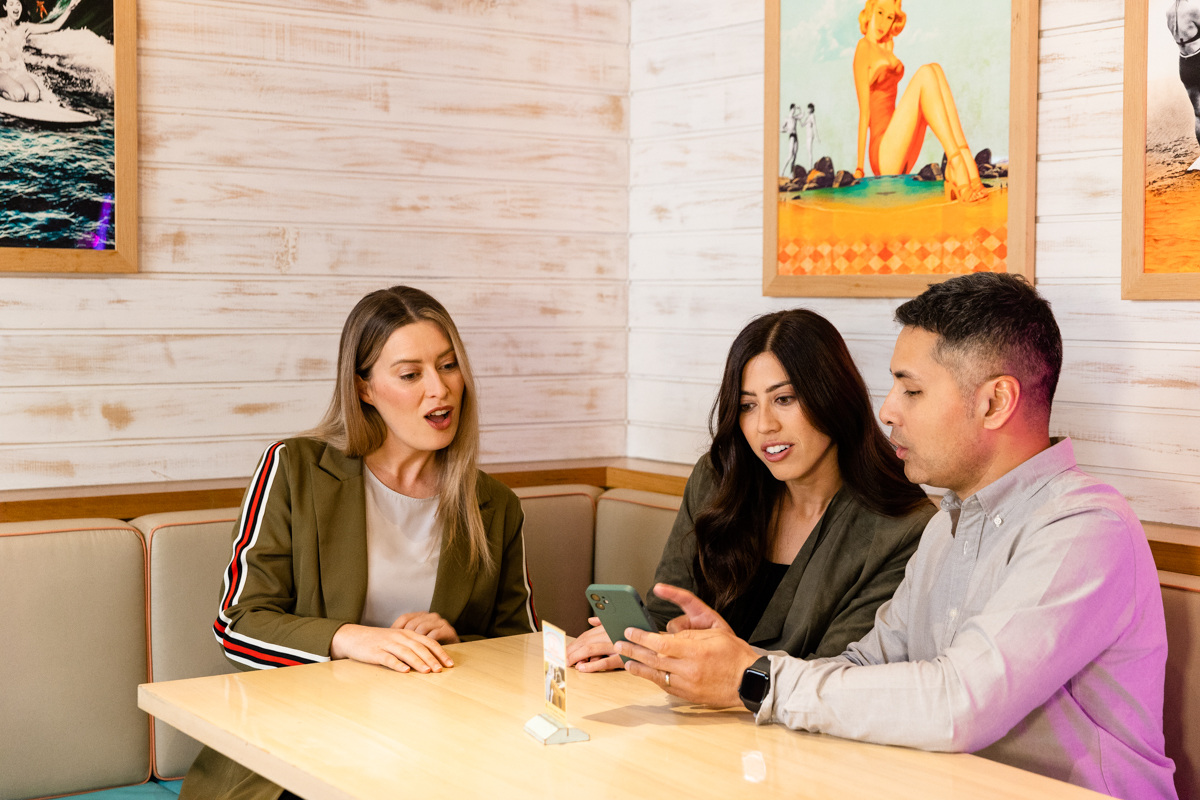
‘Phygital’ is a word that you are probably seeing more and more frequently. It’s a blended word, from ‘physical’ and ‘digital’ and is all about the...
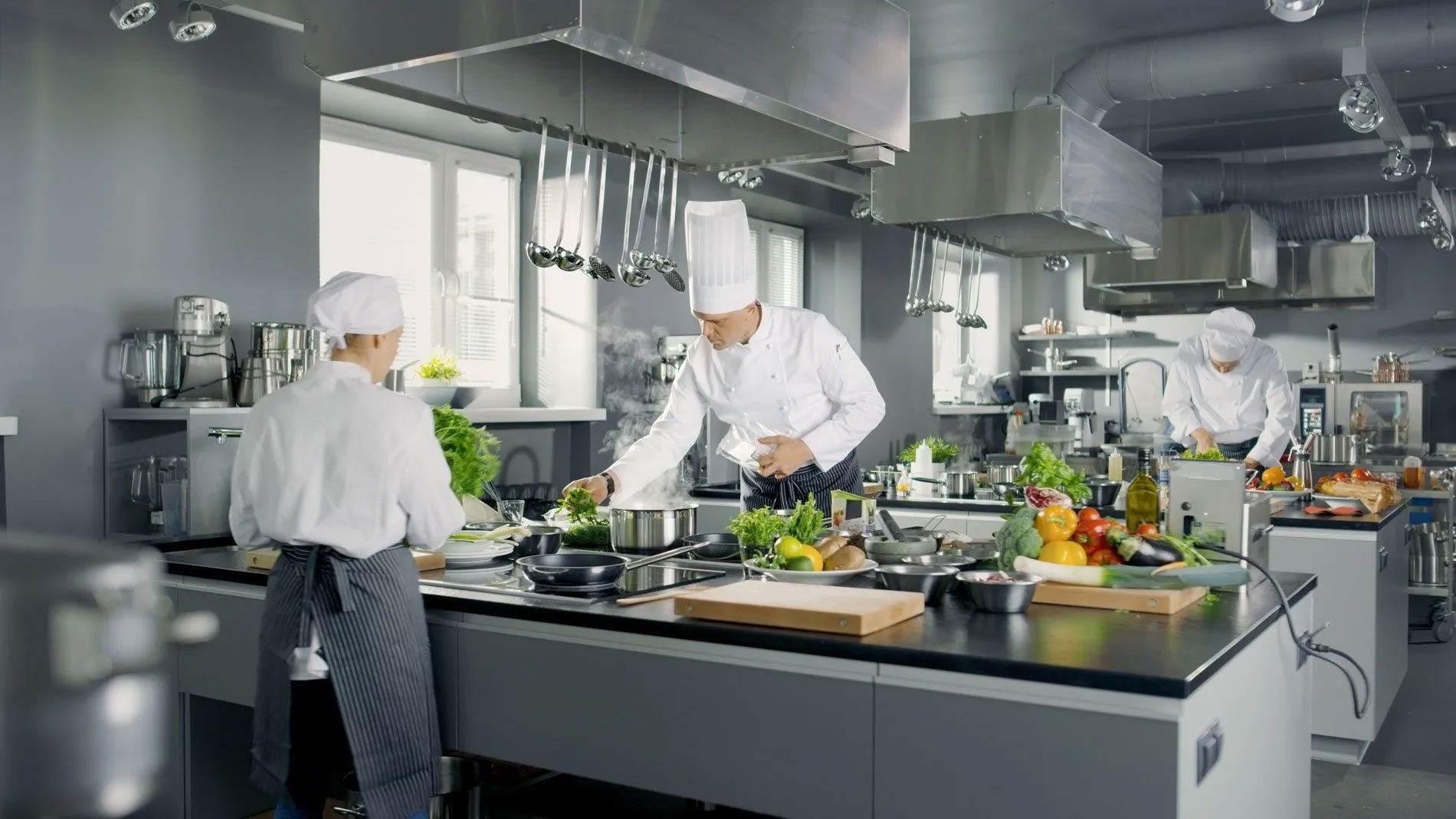
Time for dinner - and Australians around the country open up a food ordering app, scroll their favourite cuisines and place an online order for...